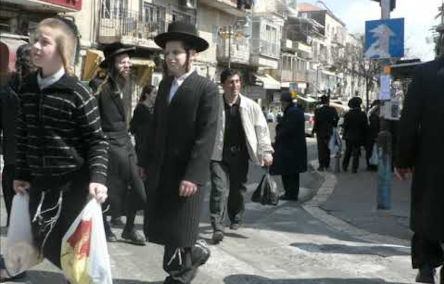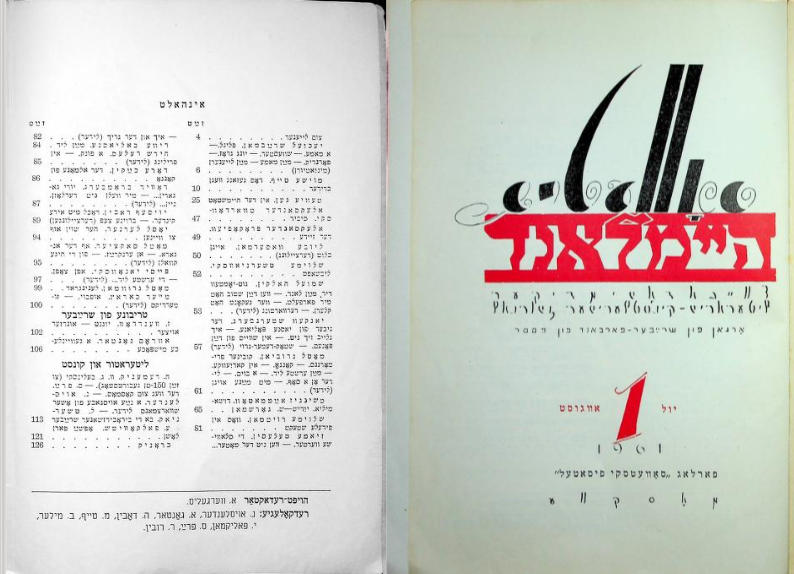From July 12 to July 18, 2024, a special educational program dedicated to today’s Hasidic Yiddish was held at the campus of the University of Vienna. A similar course will be offered from July 23 to August 4 during the Yiddish Summer festival in Weimar, Germany. Its organizers explain that although academic programs typically only teach standard literary Yiddish, this year they decided to do something new: to focus on the Hasidic variants of Yiddish spoken as a daily language by around one million people across the world.
The teaching team includes both native speakers of Hasidic Yiddish and expert researchers who are members of the innovative Contemporary Hasidic Yiddish group at UCL (University College London). Both the Vienna and Weimar programs cover such diverse subjects as modern Hasidic fiction, traditional and pop music, dances, film, and more.
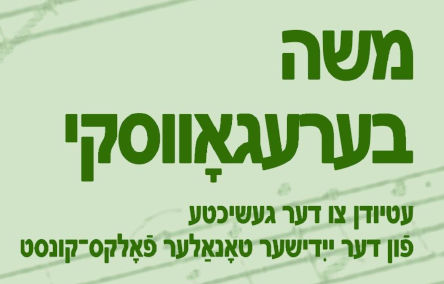
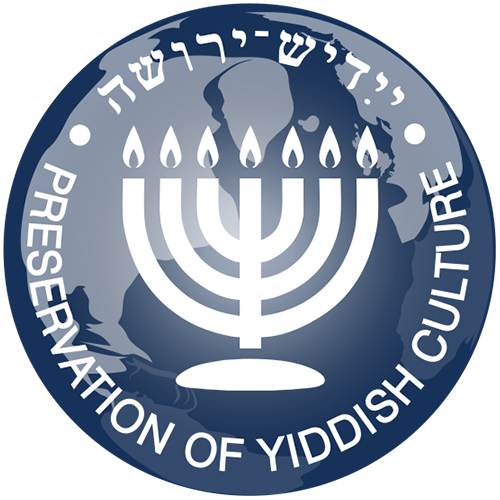
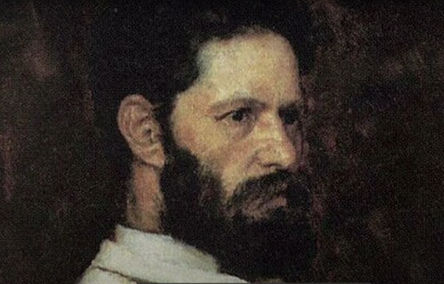
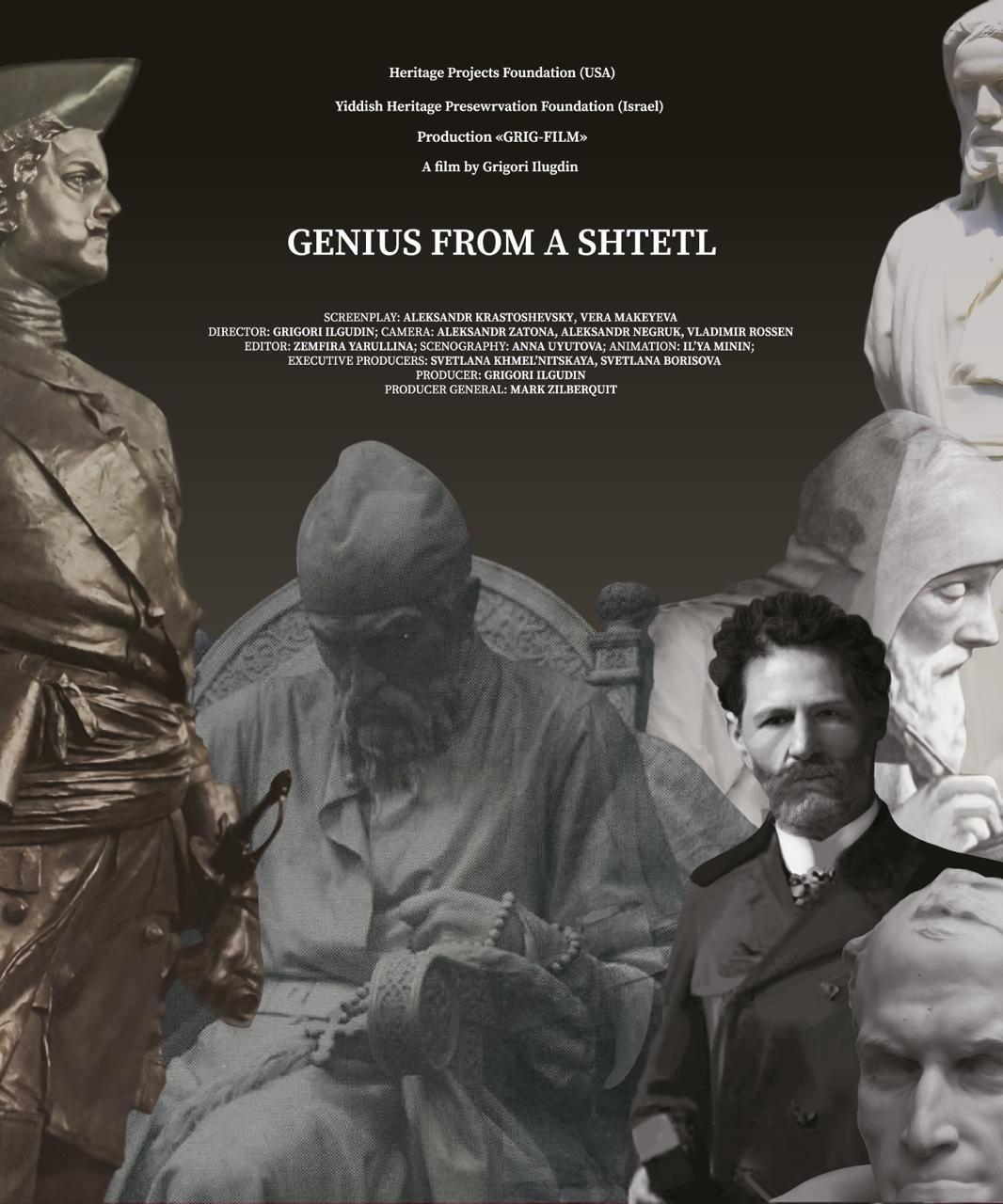 Grigori Ilugdin’s Russian-Yiddish film Genius from a Shtetl, a documentary about the famous sculptor Mark Antokolsky, is now publicly available online with English subtitles. It contains several 3D-animated scenes in Antokolsky’s native Lithuanian dialect of Yiddish. The director expresses his deep gratitude to the Heritage Projects Foundation (USA) and Yiddish Heritage Preservation Foundation (Israel) who supported the documentary.
Grigori Ilugdin’s Russian-Yiddish film Genius from a Shtetl, a documentary about the famous sculptor Mark Antokolsky, is now publicly available online with English subtitles. It contains several 3D-animated scenes in Antokolsky’s native Lithuanian dialect of Yiddish. The director expresses his deep gratitude to the Heritage Projects Foundation (USA) and Yiddish Heritage Preservation Foundation (Israel) who supported the documentary.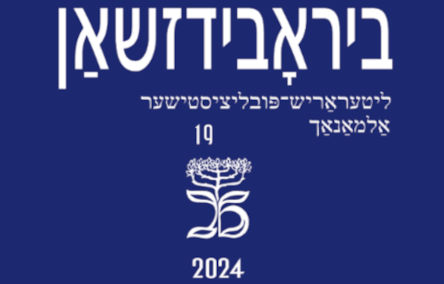
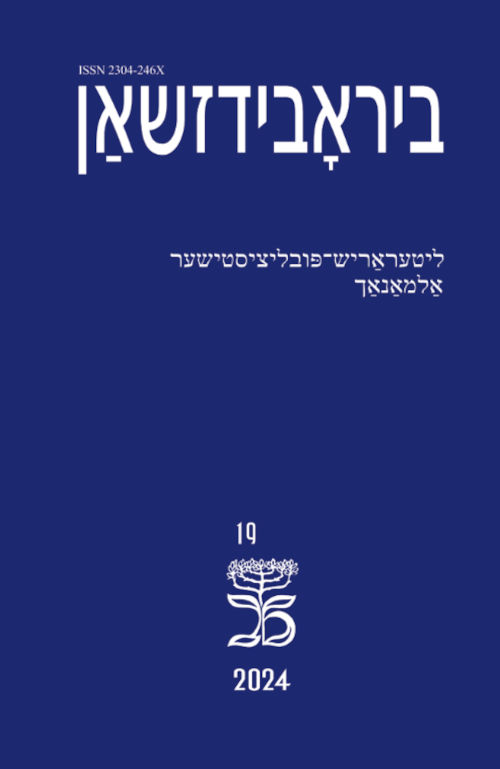 On September 13, 2024, the official Russian TV channel Bira
On September 13, 2024, the official Russian TV channel Bira 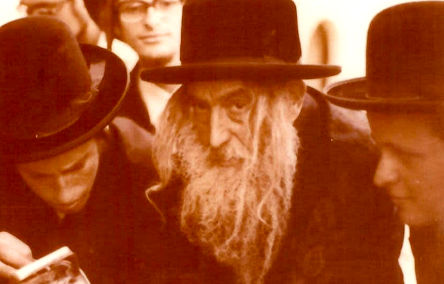
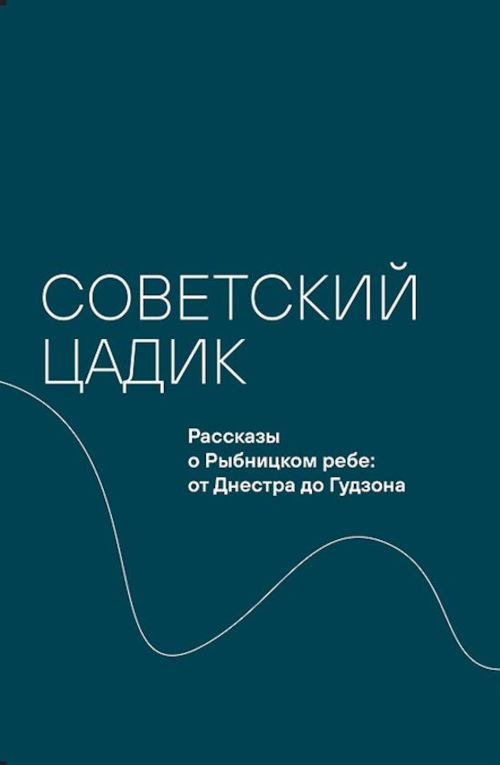 The Moscow publishing house Kuchkovo Polye released a new Russian book titled The Soviet Tzaddik. Stories about the Ribnitzer Rebbe: from the Dniester to the Hudson River, edited by Dr. Valery Dymshits, Dr. Maria Kaspina and Dr. Alexandra Poljan. Rather than focusing on the Ribnitzer Rebbe as a historical personality, the monograph explores the rich folkloric material surrounding this figure, largely collected from contemporary Hasidic materials written in Yiddish. It is the first major academic study of this subject.
The Moscow publishing house Kuchkovo Polye released a new Russian book titled The Soviet Tzaddik. Stories about the Ribnitzer Rebbe: from the Dniester to the Hudson River, edited by Dr. Valery Dymshits, Dr. Maria Kaspina and Dr. Alexandra Poljan. Rather than focusing on the Ribnitzer Rebbe as a historical personality, the monograph explores the rich folkloric material surrounding this figure, largely collected from contemporary Hasidic materials written in Yiddish. It is the first major academic study of this subject.
